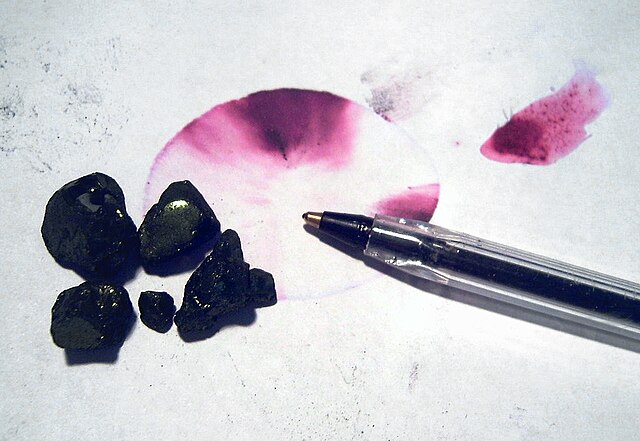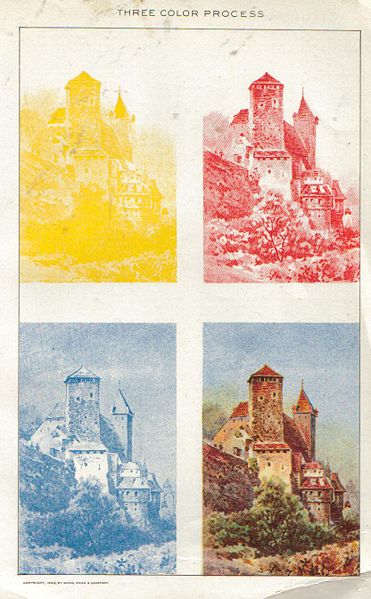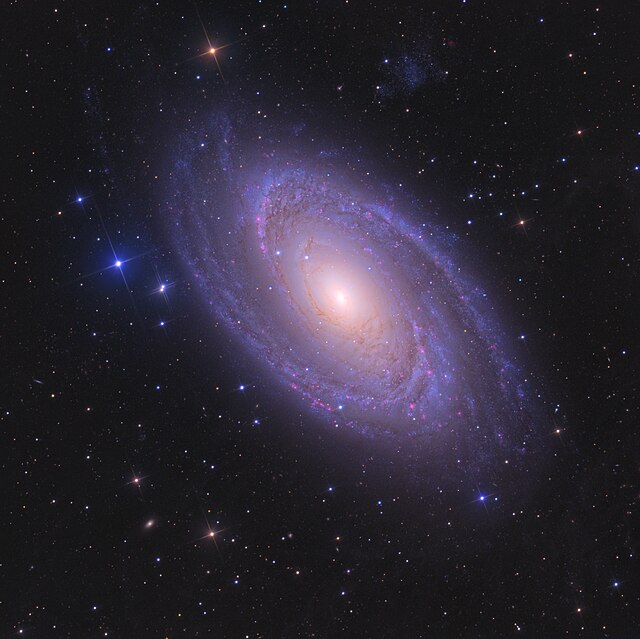Magenta is a purplish-red color. On color wheels of the RGB (additive) and CMY (subtractive) color models, it is located precisely midway between violet and red. It is one of the four colors of ink used in color printing by an inkjet printer, along with yellow, cyan, and black to make all the other colors. The tone of magenta used in printing, printer's magenta, is redder than the magenta of the RGB (additive) model, the former being closer to rose.
The flower of the Fuchsia plant was the original inspiration for the dye, which was later renamed magenta dye.
Magenta took its name in 1860 from this aniline dye that was originally called "fuchsine", after the fuchsia flower.
Magenta has been used in color printing since the late nineteenth century. Images are printed in three colors; magenta, cyan, and yellow, which when combined can make all colors. This image from 1902 is using the alternative RYB color model instead.
Color printers today use magenta, cyan, and yellow ink to produce the full range of colors.
Purple is a color similar in appearance to violet light. In the RYB color model historically used in the arts, purple is a secondary color created by combining red and blue pigments. In the CMYK color model used in modern printing, purple is made by combining magenta pigment with either cyan pigment, black pigment, or both. In the RGB color model used in computer and television screens, purple is created by mixing red and blue light in order to create colors that appear similar to violet light.
Image: Iris germanica (Purple bearded Iris), Wakehurst Place, UK Diliff
Image: Ghent Altarpiece D Popes Bishops
Image: M81
Image: Segmented aubergine Thailand








